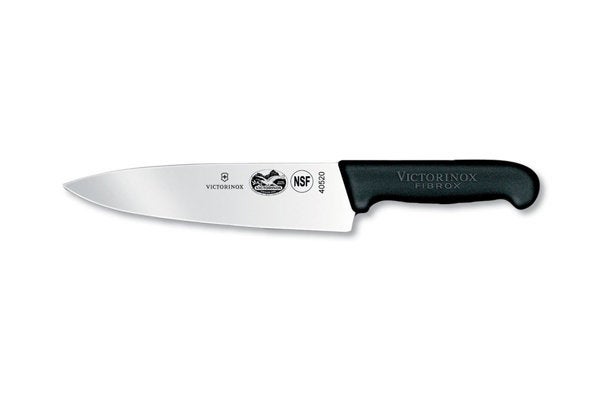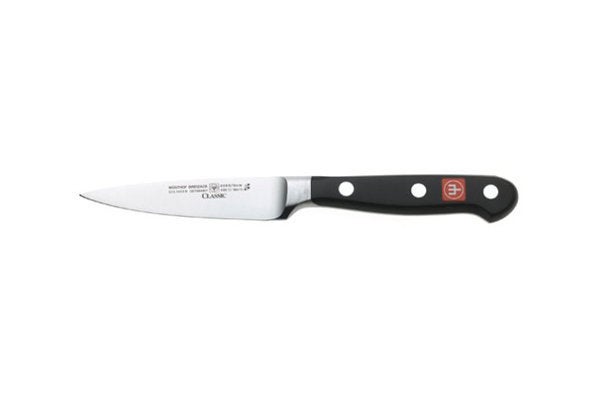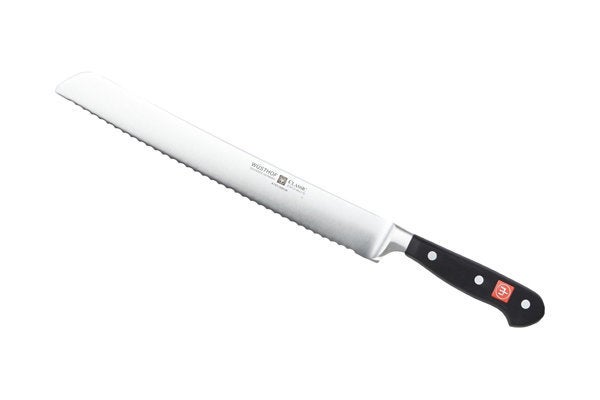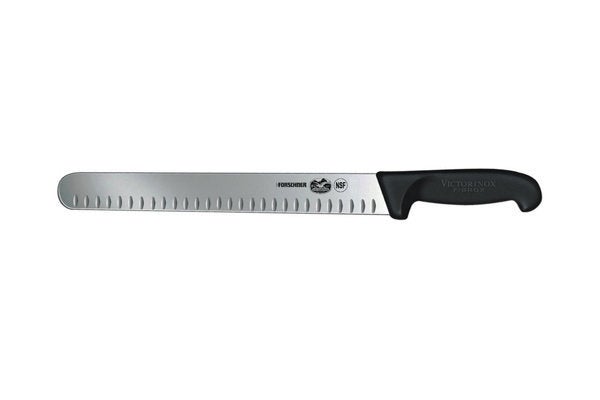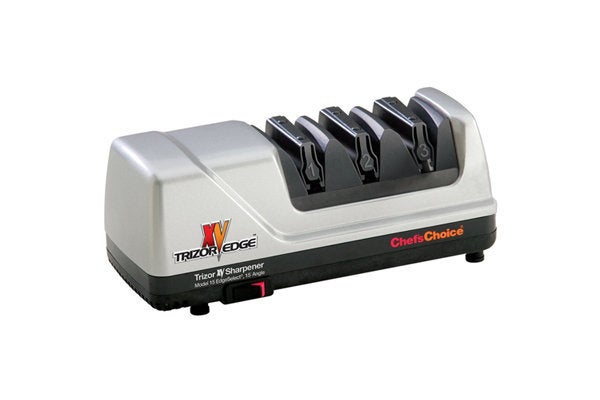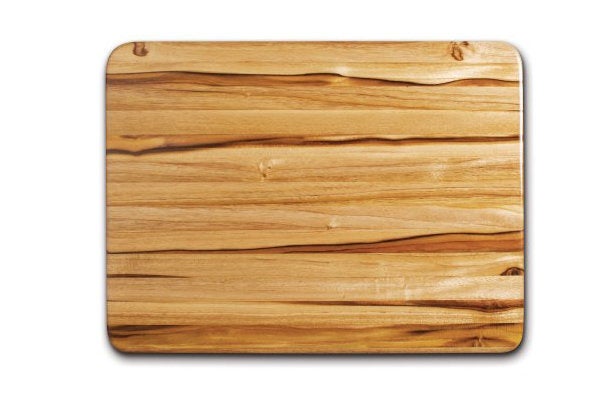For Bon Appétit, by Christina Chaey.
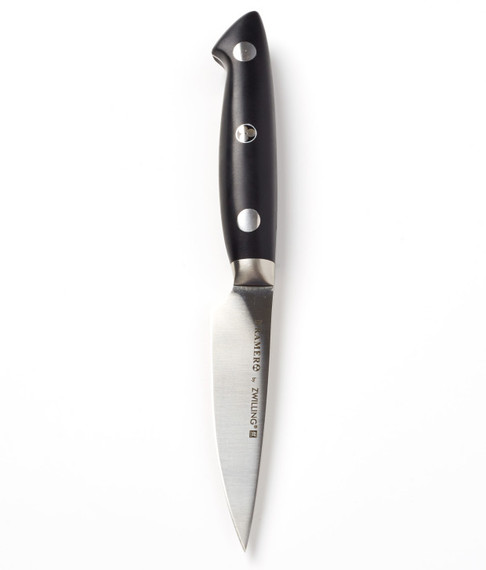
Credit: Danny Kim
Bob Kramer might not be a Kardashian-level household name, but in the restaurant world, he's widely known as the Yoda of knife making. While cooking his way through kitchens at top hotels and restaurants including the Four Seasons in Seattle, Kramer quickly realized no one seemed to know how to sharpen their knives properly. He eventually began going from restaurant to restaurant offering professional sharpening services, and today he hand-makes some of the most coveted blades in town (and by "coveted" we mean you might find yourself out $1,300 to get your hands on one).
Although Kramer has nothing against getting your knives professionally sharpened, he does believe all home cooks should learn how to sharpen their own knives. Once you know how to care for your tools, you experience "a wonderful feeling of self-reliance," he says. Not to mention, you can finally stop wrasslin' with every ripe tomato that crosses your cutting board. Kramer recently stopped by our podcast studio to talk knives, and here he shares three things you can do to be a sharper (we couldn't resist!) knife-owner.
Pare Down Your Collection
Kramer claims he can do most anything with just two knives: a utility knife (which looks like a slightly-wider steak knife) and a chef's knife. We recommend hanging onto three, but you get the idea: when it comes to knives, less is more. Besides, how many times have you really used that cleaver?

Credit: Danny Kim
Get the Right Angle
If you're a fan of using a honing rod to sharpen your knives, Kramer's preferred method is to place the edge of the blade against the rod at a 10-15° angle. Don't have the protractor you used in high school geometry class? Lay a standard matchbook on your kitchen counter and lay the blade across the top. The distance between the tip of the blade and your counter is what you're going for.
You're Probably Not Applying Enough Pressure
For the sharpest blade, you should be applying 4-6 pounds of pressure when sharpening knives with a honing rod, Kramer says. An easy way to tell if you're on point: Grab a knife by the handle, place the blade on a baking scale, and press down until you hit 4-6 pounds of pressure--it's a lot more than you might think. "Most people are surprised," he says.
Get more from Kramer on our latest podcast episode right here. Plus! Our new wine contributor Marissa A. Ross makes the case for why you should be drinking more natural wines.
Related: Blades of Glory: How to Make Your Knives the Sharpest in the Drawer
More from Bon Appetit:
26 Gooey, Cheesy Super Bowl Party Recipes
Our 50 Favorite Weeknight Dinners
